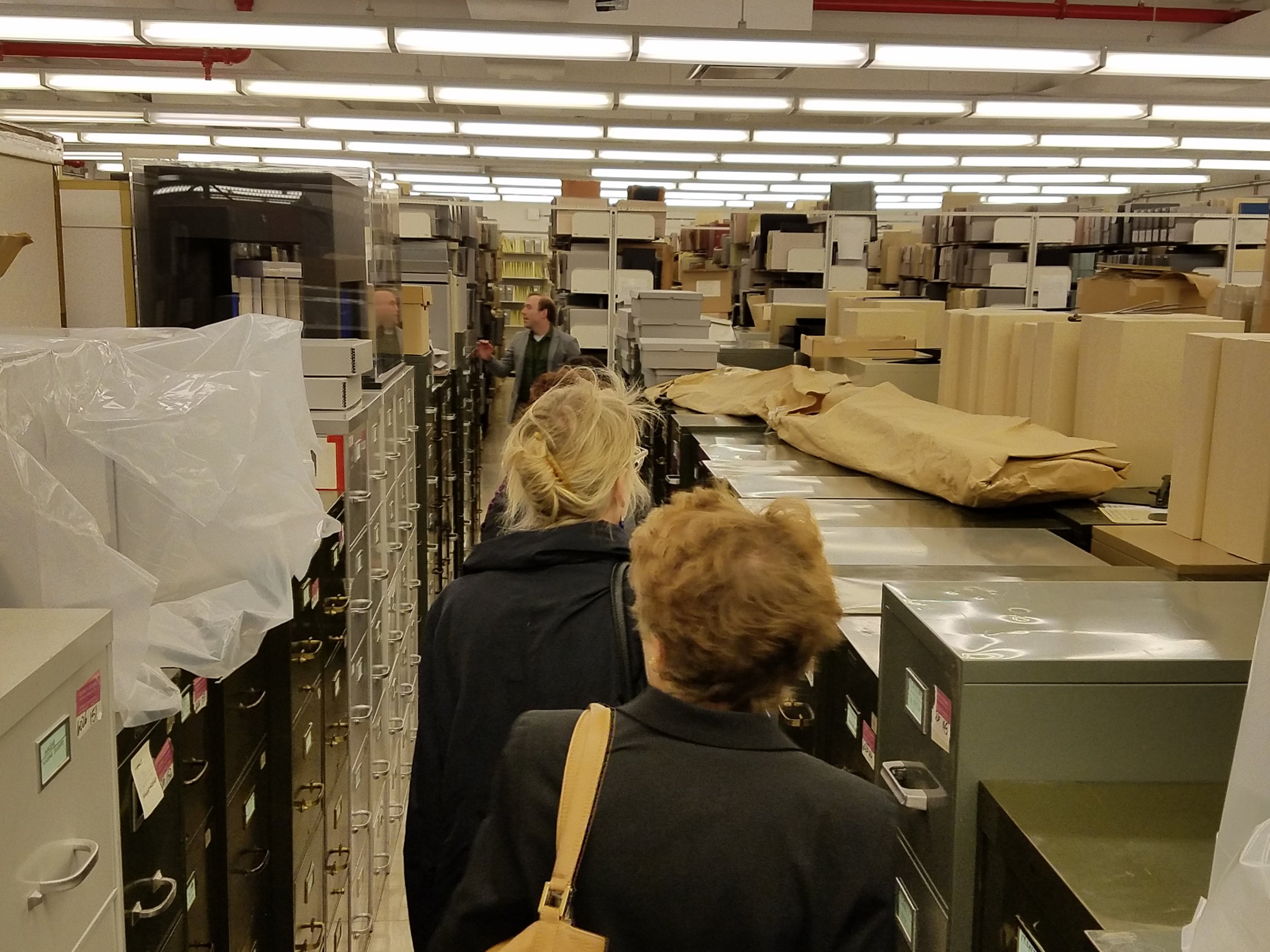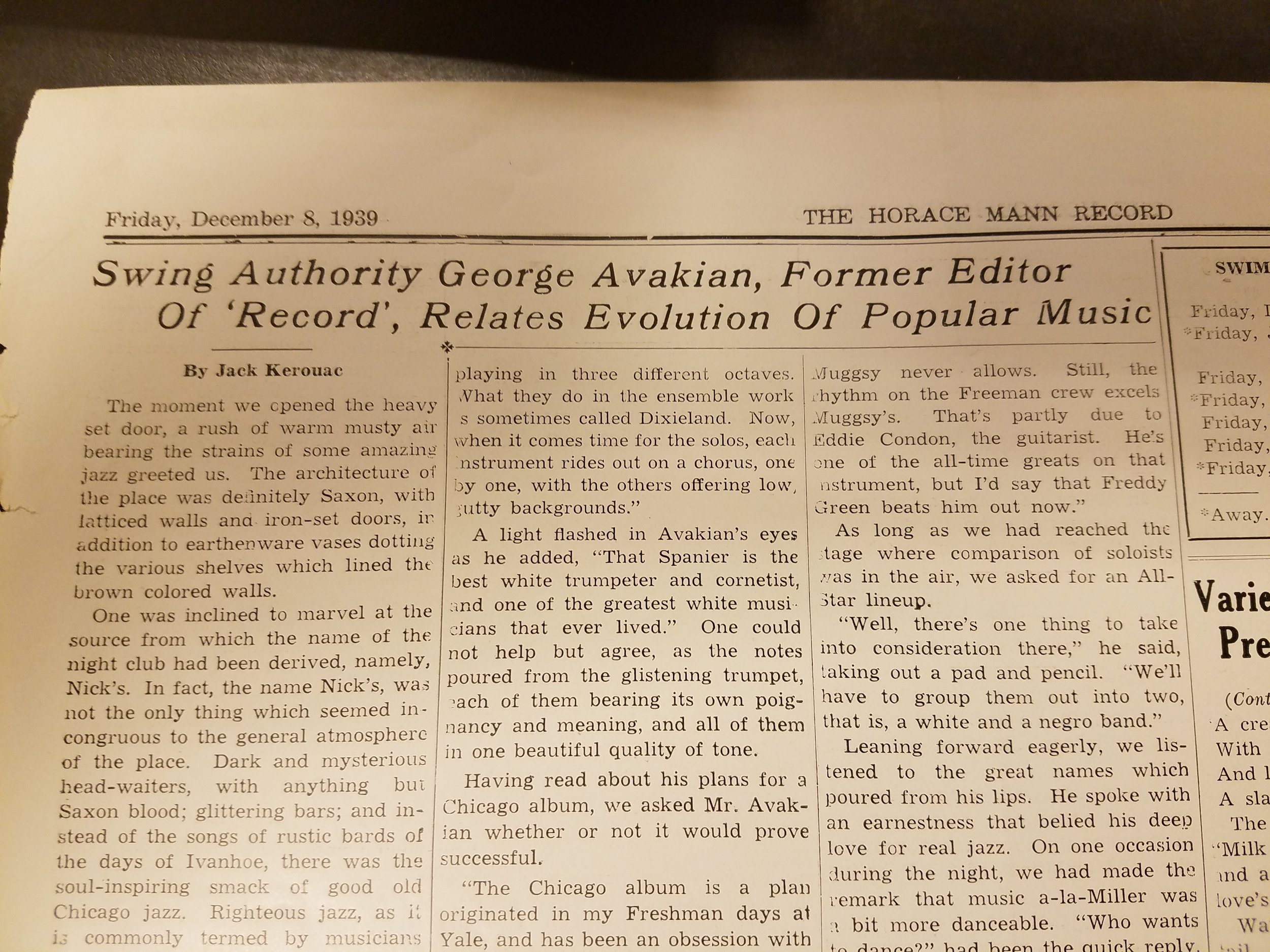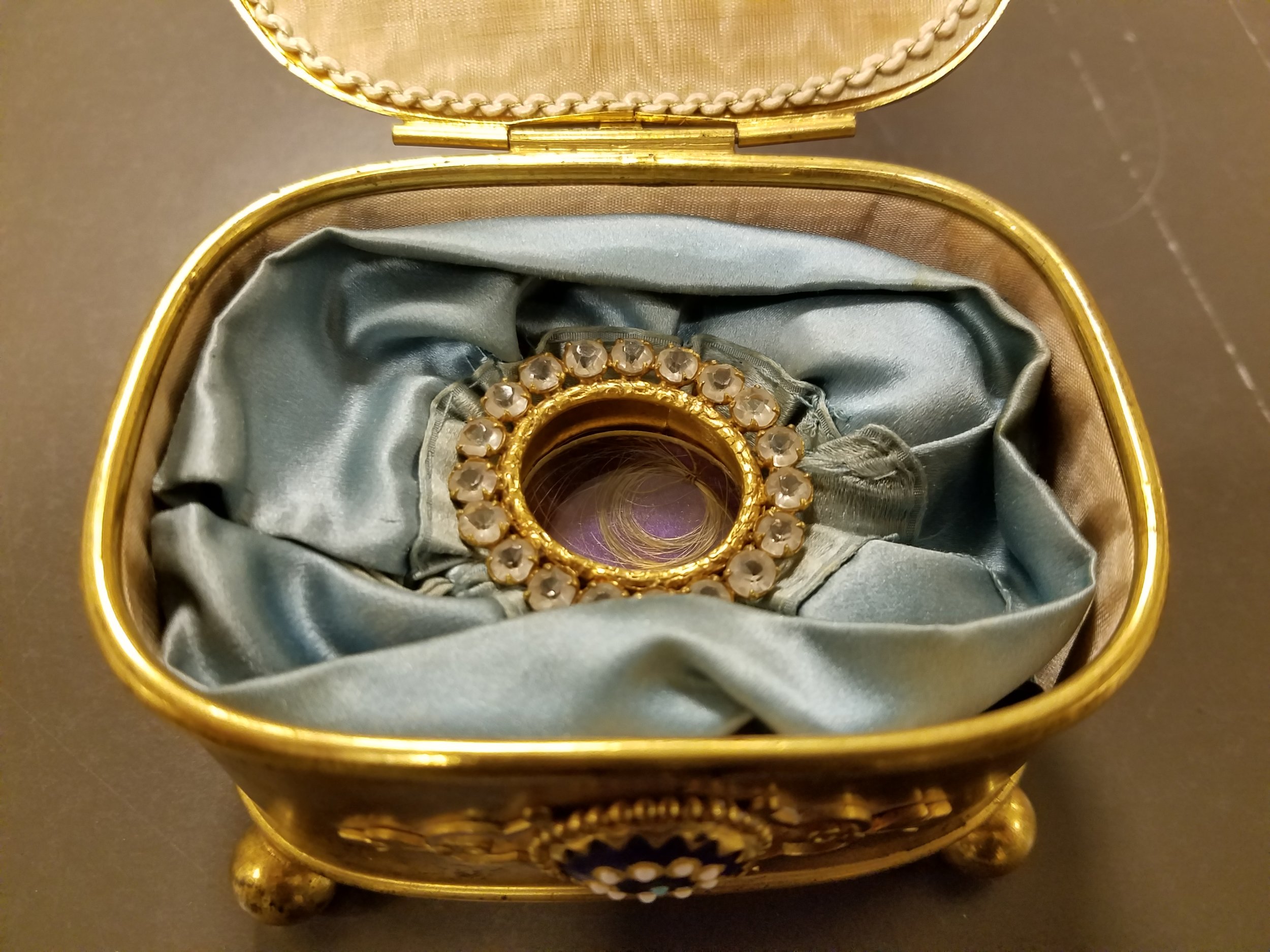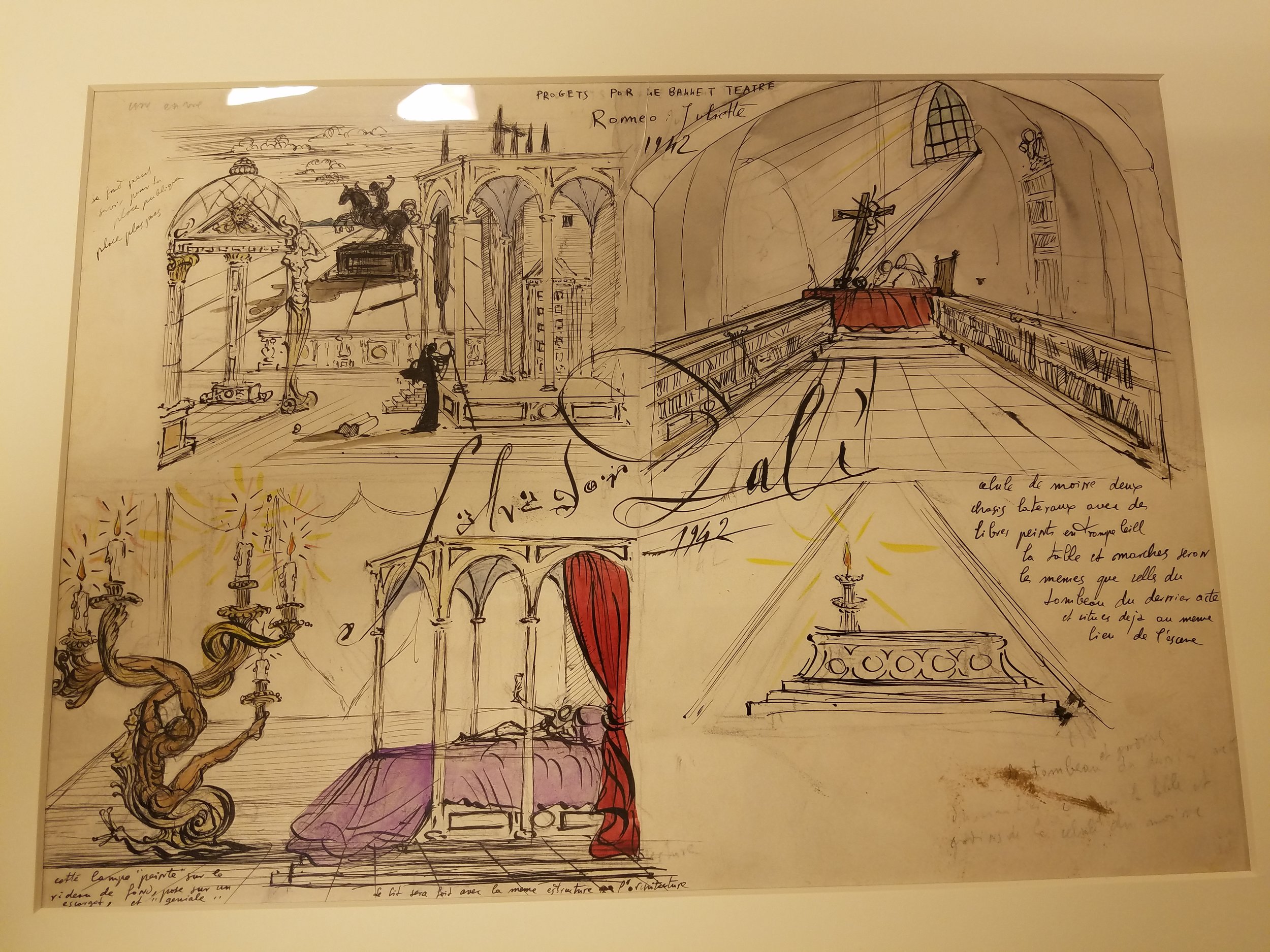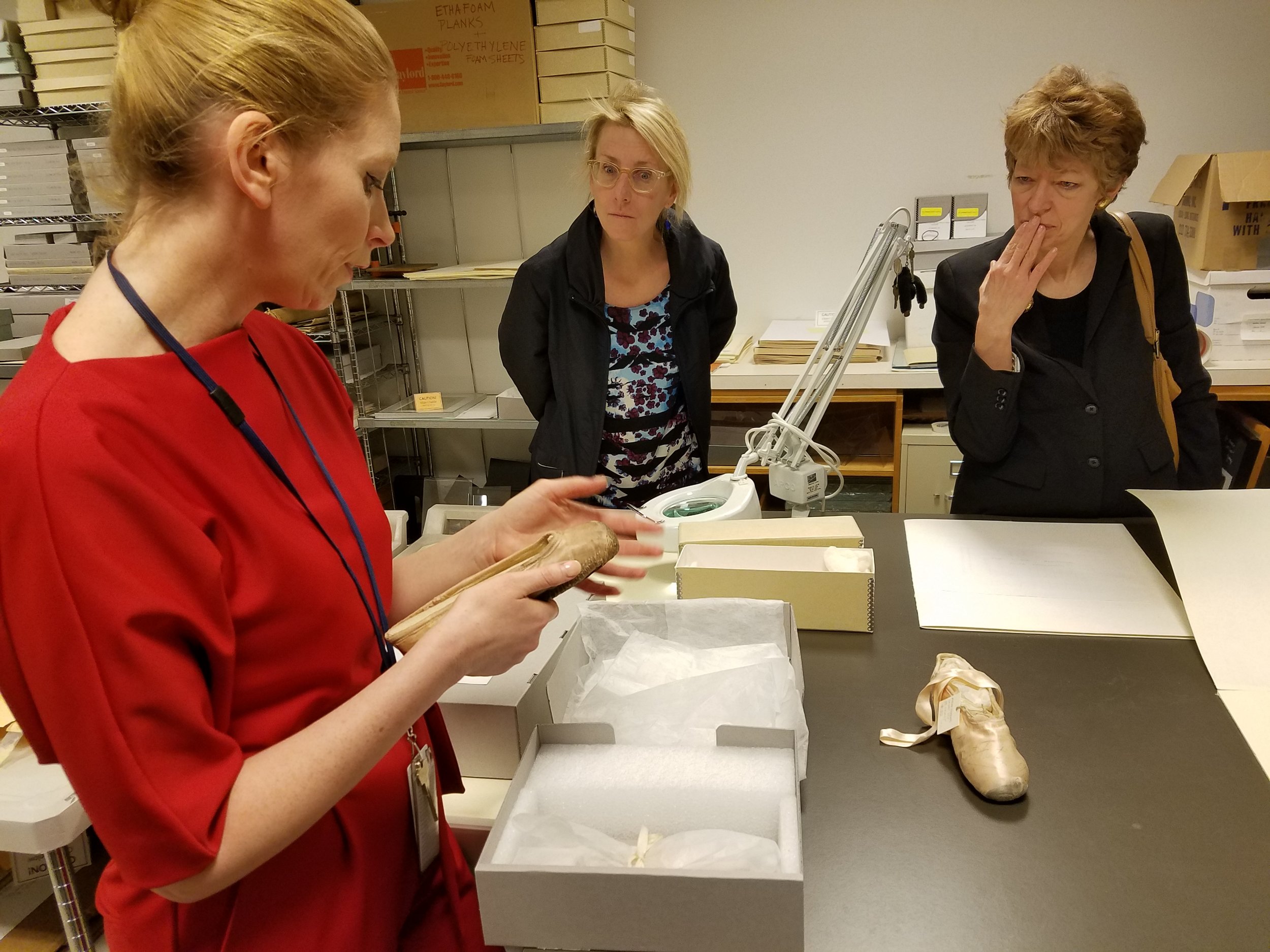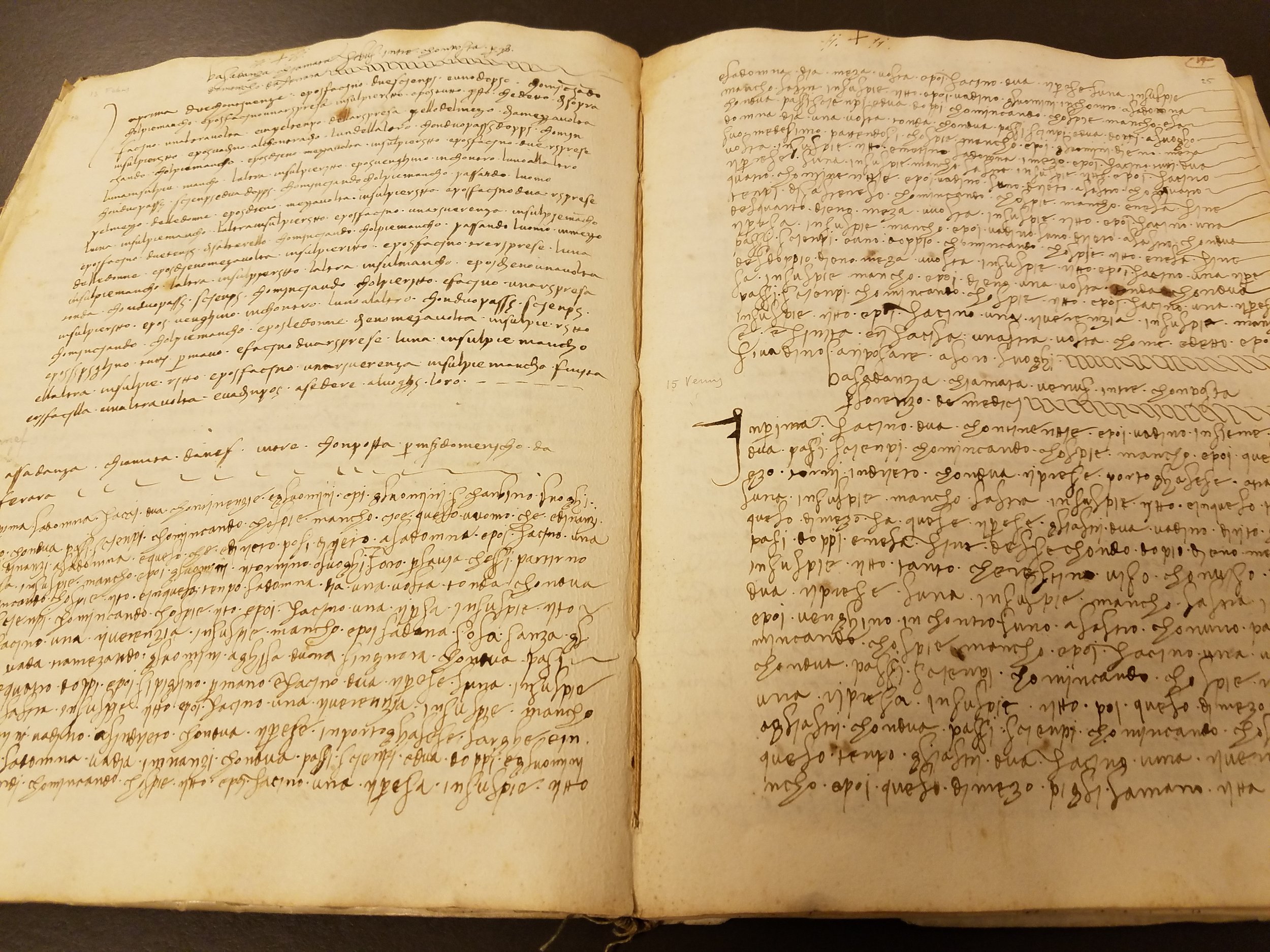The Kansas City Star’s Judy Thomas wrote this week about the death of Leonard Zeskind, a Kansas Citian committed to researching and uncovering the many tendrils of white nationalism in the U.S. His landmark book on the project was one of hundreds recently purged from the library at the U.S. Naval Academy by the reckless administration, Judy reported. In 2009, I wrote about the book upon its release, and reading about it again, in this fraught moment of authoritarian and right-wing fervor, speaks to its utter timeliness and timelessness. In visits with Zeskind at his office at the time, a labyrinthine lair lined with file cabinets, he displayed both a sly sense of humor and utter seriousness about his work. In one moment, he beseeched me to aim a bottle of lubricant into his eyes. That was a first in my newspaper career. The story below first appeared on page 1 of The Kansas City Star on May 18, 2009.
Archives
From the Archives: Reading and Interviewing Margaret Atwood, 1993-2022
By STEVE PAUL
With Margaret Atwood coming to Kansas City soon for a library talk (Sept. 24), I thought I’d dredge up a couple of related old pieces. I had the opportunity to meet and interview Atwood in 1993 at the annual American Booksellers Association confab (now Book Expo) in Miami. Her novel The Robber Bride was coming out that fall and her publisher had sent me an early copy of the book—so-called advance review copies were not yet ready, so they sent me a dupe of the typed manuscript. I’ll concede that my reading of Atwood was rather conventional if not underwhelming from today’s perspective. Then again, the interview with her remains enlightening.
In talking about the essential status of mythology in contemporary story-telling, one of the driving forces of her writing, she illustrated:
“One of the founding stories of U.S. culture is the biblical quotation ‘by their fruits they shall know them.’ It was originally intended spiritually—you know good people by how they behave. But it was interpreted by the Puritans to mean you can tell good people by how rich they are, which is with us today. It underlies so much literature in this culture—the idea of sin and redemption.”
Find reproductions of the two pieces, published Nov. 14, 1993 in the Kansas City Star, in three images below.
In more recent years, I had the pleasure of encountering Atwood at the Key West Literary Seminar. She spoke again about myth and fable. In my memory she talked about the movie “Aquaman” as a product of myth. The movie had just recently come out and she suggested that she watched it so we wouldn’t have to. (I still haven’t gotten around to it.) One morning in Key West, we ended up at a Duval Street CVS at the same time, where I met her husband, the writer Graeme Gibson. He would die just months later, as I recall.
Atwood happens to make a cameo appearance in my biography-in-progress of William Stafford. This goes back a ways to Atwood’s years as an emerging poet and fiction writer (her first novel was published in 1969). Shortly after being named Poetry Consultant to the Library of Congress for 1970-71, what we now call the U.S. Poet Laureate, Stafford put Atwood’s name on a short list of writers he would like to host during his tenure. He wanted to make sure women were represented on what was very much a male-dominated field. Sure enough, one of the first reading programs Stafford hosted in the fall of 1970 brought together Atwood and Galway Kinnell.
In 2022 I wrote to Atwood to see what she might recall of the event and/or Stafford. She kindly replied, hand-writing her response on my original letter and sending it back to me:
“I was 30! A very minor figure! …I love Wm Stafford’s poetry in book form—but he was a big cheese and I was a very small cheeselet.”
And here’s a blog bonus: An audio recording of the reading can be found at the Library of Congress website. Find it here and enjoy:
From the Archives: Calvin Trillin Three Ways
One of Kansas City’s favorite literary native sons is coming back to town on a book tour soon. He’s touting a new collection of some of his classic magazine journalism, including landmark reporting on the Civil Rights movement of the early 1960s. It was some years later when Trillin’s “American Journal” reports began catching my eye in The New Yorker, and then a decade or so more when I began writing about Trillin during my days as Book Review Editor of The Kansas City Star.
I’ve dug deep into the files to unearth one of those book related stories, which included an interview in Trillin’s Greenwich Village pad.
Twice in the 2000s I managed to accompany Trillin on food tours of his beloved lower Manhattan, which turned me on to some of the more interesting corners of the village and Chinatown.
For now, I’m posting jpeg clippings. Hope that works for all.
Now, a food tour, 2005. My syndicated piece published in the Honolulu newspaper.
Seven years later, 2012, mostly new places, but some old favorites.
Secrets and Surprises at the Library for the Performing Arts
Those inclined – impelled? -- to a life of research tend to geek out in libraries. Gems of forgotten history bubble up from back rooms. Intellectual encounters with voices of the past arise from quaint, hand-written letters. And photographs open a deep connection with the humanity of a subject or the revealing details of a place. So it was on a recent behind-the-scenes tour of the Library for the Performing Arts, the Lincoln Center branch of the New York Public Library. The library contains vast quantities of archives, and the back rooms seem like one of those English garden mazes, lined by file cabinets, shelved boxes, and old-school card catalogues.
I was among a small group of writers who was led around the place by three of the departmental curators, archivists responsible for music, theater and dance. Imagine getting a glimpse and a curatorial opinion of the ballet shoes worn by Anna Pavlova more than a century ago (photo). Or seeing what the curator described as the oldest known document of choreography in the West, a dance notebook from the court of the Medicis, circa 1453 (photo). The library includes the principal archives of Jerome Robbins, and we caught a glimpse of a rather rare slice of his memorabilia – one of 24 accordion-fold diaries that Robbins crafted out of text and cultural imagery (no photos allowed of that). The library is planning on putting the diaries on display in an exhibit beginning in September 2018.
We saw Salvador Dali’s unrealized stage design for a production of “Romeo and Juliet” (photo). And another dance revelation occurred as we passed the model of a stage set for a George Balanchine production of “The Nutcracker” from 1964 (photo). The proscenium arch décor included floral bouquets that the designer, Rouben Ter-Arutunian, reportedly snipped out of Mother’s Day cards from Hallmark. When the stage set was finally realized, the painters meticulously reproduced those flowered images, and, it was suggested, Hallmark probably never received a dime of royalties.
The foundation of the library’s musical collection is classical – I mean, where else can you fawn over a lock of Beethoven’s hair (photo)? But its jazz collection is constantly growing, too. One quirky document: A feature interview of the jazz aficionado George Avakian from the Horace Mann School newspaper under the byline of ... Jack Kerouac (photo). After leaving Lowell, Mass., in 1939, Kerouac spent a year at the New York school before beginning his college education at Columbia. Kerouac was not exactly at his peak. Here’s a little exchange with Avakian, who apparently also once attended Horace Mann and wrote for the newspaper:
“Knowing that you were once editor-in-chief of the Horace Mann RECORD,” we told him, “we were wondering whether or not you would supply us with some jazz information.” This, with a sense of uneasiness.
“Are you from the Record?” he asked, with a broad and disarming smile.
“Yes,” we replied, very much relieved.
“Well that’s fine,” he ejaculated with a smile. “Sit down.”
Offered here, with a smile.
Find the whole Kerouac article at the library’s online archive: https://digitalcollections.nypl.org/items/5ddc5f60-bbbf-0133-e670-00505686d14e












